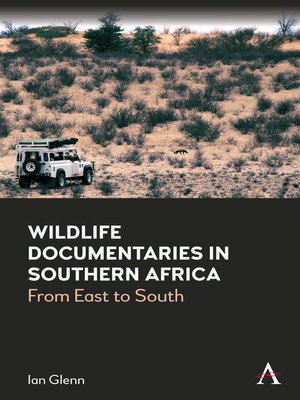
Sign up to save your library
With an OverDrive account, you can save your favorite libraries for at-a-glance information about availability. Find out more about OverDrive accounts.
Find this title in Libby, the library reading app by OverDrive.



Search for a digital library with this title
Title found at these libraries:
| Library Name | Distance |
|---|---|
| Loading... |
In the 1970s, Southern Africa became the major locale for African filmmaking with an increasing use of the Kalahari Desert, Okavango Delta and Kruger Park area. This study examines the relationship between filmmaking in Southern Africa and international broadcasters and audiences, and argues that previous accounts have neglected the importance of innovations from Southern Africa.
|This study examines why the Kruger Park struggled to become a leading venue for wildlife filmmaking and then, paradoxically, at a time when South Africa came under increasing political and military pressure, wildlife filmmaking took off very successfully. Another paradox is that the growth in wildlife filmmaking also paralleled the growth of wildlife hunting in Southern Africa.
The study turns to Actor-Network theory to examine the complex interplay between local filmmakers, international commissioning agents like Mike Rosenberg, international broadcasters and the animals involved. It argues that Southern African filmmakers were often able to aim successfully both at European and North American markets and points to ways in which innovations from Southern Africa influenced broadcasting trends internationally, particularly in the move away from a British blue-chip BBC ethos and style.
It concludes with an examination of Africam and WildEarth and the vision of founder Graham Wallington about the future of wildlife documentary.







